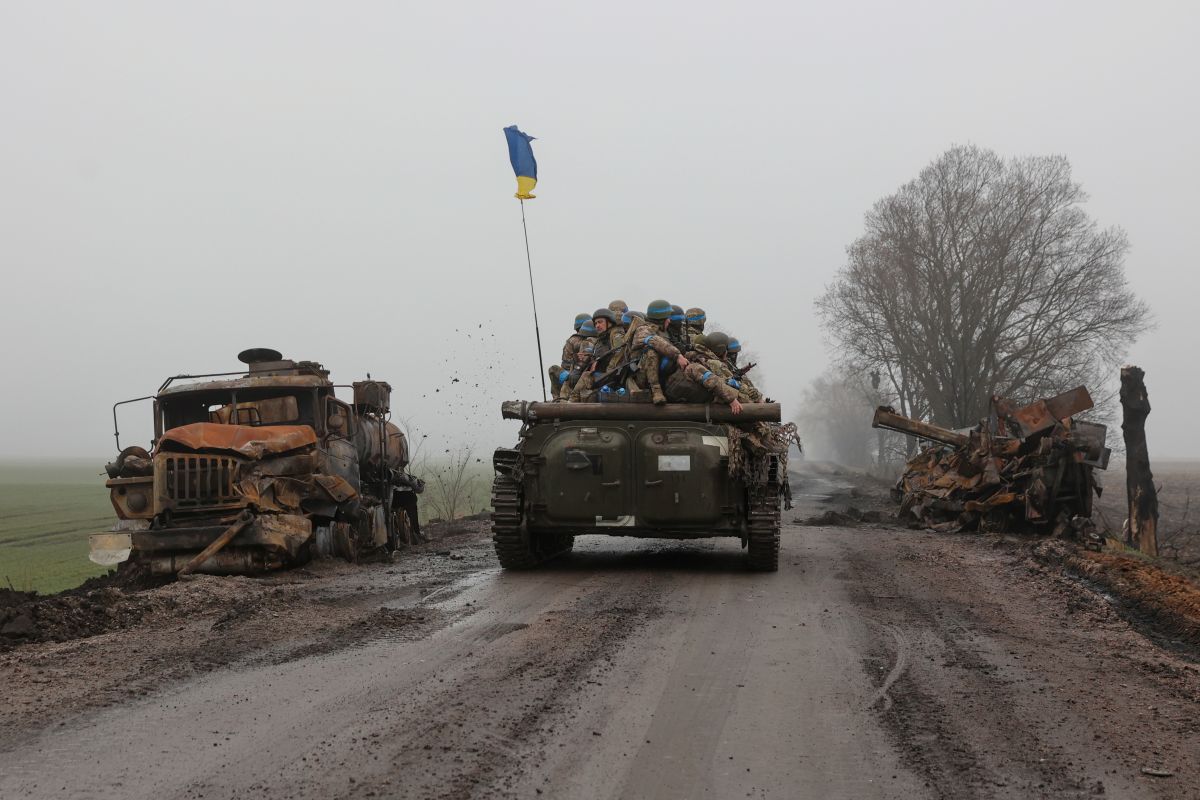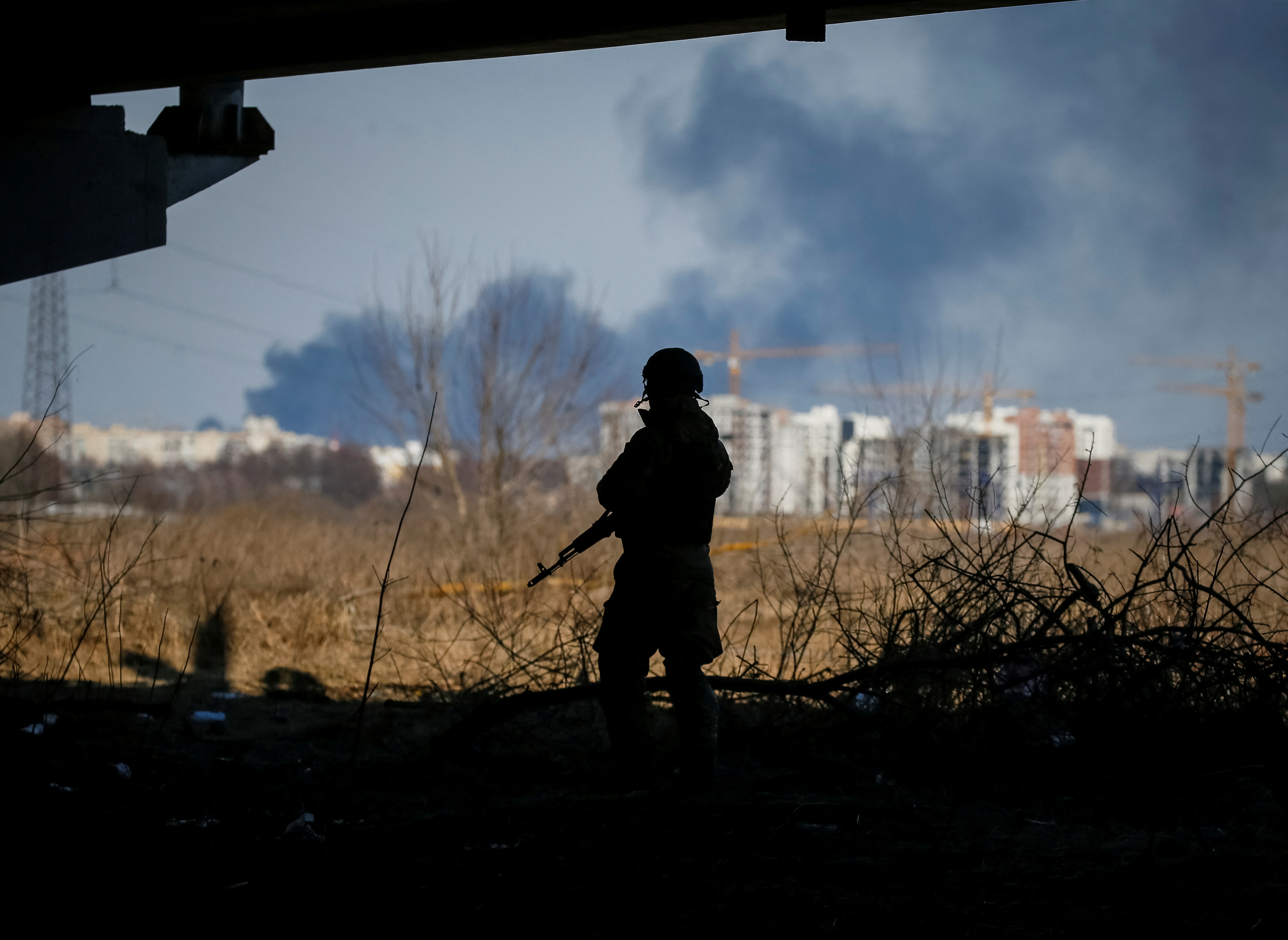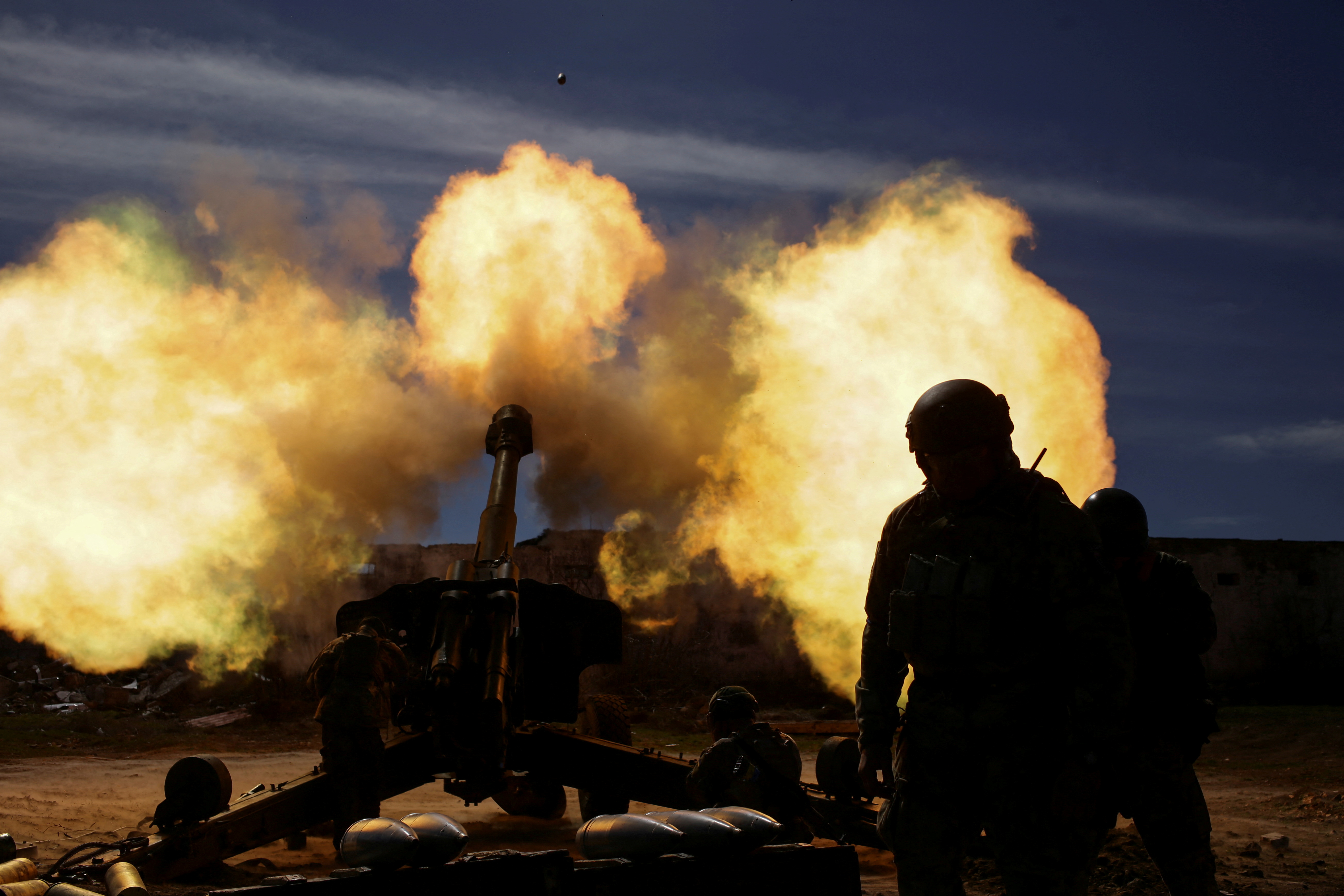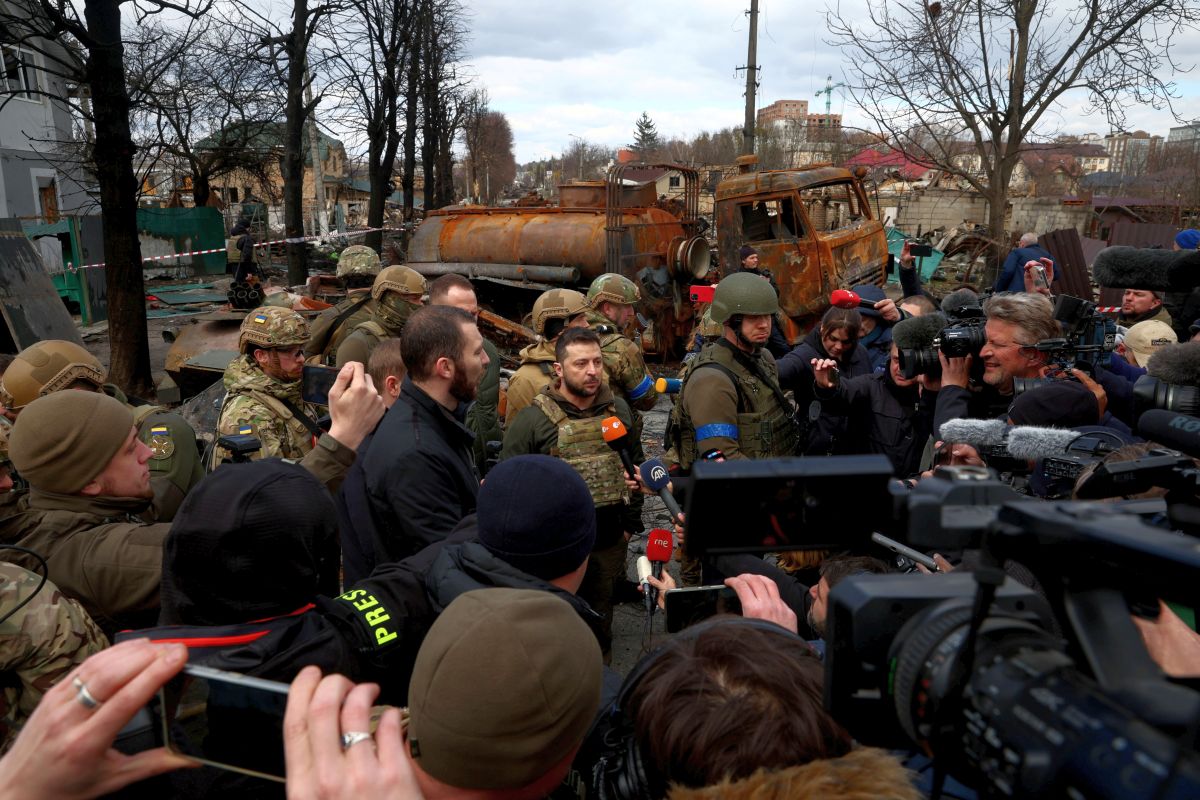The Military Situation in Ukraine after Seven Weeks of Fighting
Since the beginning of April, Russia has been focusing on operations mainly in the east and, to a lesser extent, the south of Ukraine, while it has withdrawn its forces from the north of the country, including the vicinity of Kyiv. This shows that the priorities of military action have changed and are now focused on the occupation of the Luhansk and Donetsk oblasts, including Mariupol, and maintaining their position in the south of Ukraine. Until it attains these goals and declares its operation a success, Russia will be unlikely to suspend the hostilities.
 SERHII NUZHNENKO/ Reuters/ FORUM
SERHII NUZHNENKO/ Reuters/ FORUM
What is the situation in Mariupol?
Mariupol is the largest city in Donetsk Oblast and the only port on the coast of the Sea of Azov that has not been conquered so far by the Russians. The siege and military actions to take control of it have been ongoing since 1 March. Around 90% of the city has been destroyed. Civilian casualties are estimated at around 22,000. The mayor of the city, Vadym Boychenko, also stated that about 150,000 inhabitants have left Mariupol, but that up to 120,000 people may still be there.
Mariupol is defended by Ukrainian troops, including the 36th Marine Brigade, the 12th Brigade of the National Guard, the 56th Motorised Brigade, and the Azov Regiment (part of the National Guard), supported by Border Guard and police. On 13 April, most of the 36th Brigade managed to connect with the Azov force, which strengthened their combat potential. However, some of the 36th Brigade that failed in this manoeuvre had to surrender. The Russians claim to control 90% of the city. In earlier days, intense fighting took place in and around the Azovstal iron and steel works. On 11 April, the Azov Regiment reported the use of a poisonous chemical substance by the Russian forces.
What is the situation in eastern Ukraine?
In early April, Russia appointed a new commander of the military operation, Gen. Alexander Dvornikov, who had previously commanded Russian armed forces in Syria and elsewhere. This change at the top, combined with information about the concentration of Russian troops along Ukraine’s eastern border (aviation, artillery, and medical systems) indicates that Russia will most likely intensify its activities in the coming weeks after replacing troops and equipment lost in the first five weeks of the war.
After the withdrawal of troops from the north of Ukraine, Russia is now focused on activities in the east of the country. The aim appears to be to occupy the entire Luhansk Oblast (over 90% controlled by Russia) and Donetsk Oblast (over 50%) while maintaining territory in the south of Ukraine to provide security and a land bridge for occupied Crimea. Further intensive activities also should be expected in Kharkiv Oblast, mainly to extend the front line and draw Ukrainian forces away in an additional direction while attempting to flank them in the main theatre of operations from the north. So far, these areas have been successfully defended by Ukrainian units, mainly armoured and mechanised, which can repel even a few assaults a day.
From the Russian side, its units taking part in the fighting in eastern Ukraine are drawn mainly from the 41st Army of the Central Military District, the 1st Tank Army, the 20th Combined Arms Army of the Western MD, and the 2nd Army of the Central MD. The Russian navy is very active in the Azov and Black seas. However, on 13 April, the Ukrainians claimed they had targeted and fired missiles at the flagship missile cruiser Moskva of the Russian Black Sea Fleet, which later sank after a fire.
What does the change of Russia’s military priorities indicate?
After the unsuccessful attempt to conquer Kyiv and force a change of power in Ukraine, Russia has turned to taking over the Luhansk and Donetsk oblasts, claiming that the primary goal of the entire operation was to guarantee the security of Donbas residents, especially those in the separatist territories. This claim is necessary for the Russian authorities to maintain their internal propaganda and in view of the upcoming 9 May commemorations and Victory Day. The protracted war weakens the image of the Russian armed forces and has led to severe losses in troops and equipment, which in the long run may translate into a decline in public support for military actions (according to the state “VCIOM” Public Opinion Research Centre, as of 8 April, the military is trusted by 89% of the Russians surveyed). This indicates also that only after Russia fully occupies the Luhansk and Donetsk oblasts will it be ready to propose ceasefire negotiations to Ukraine.





